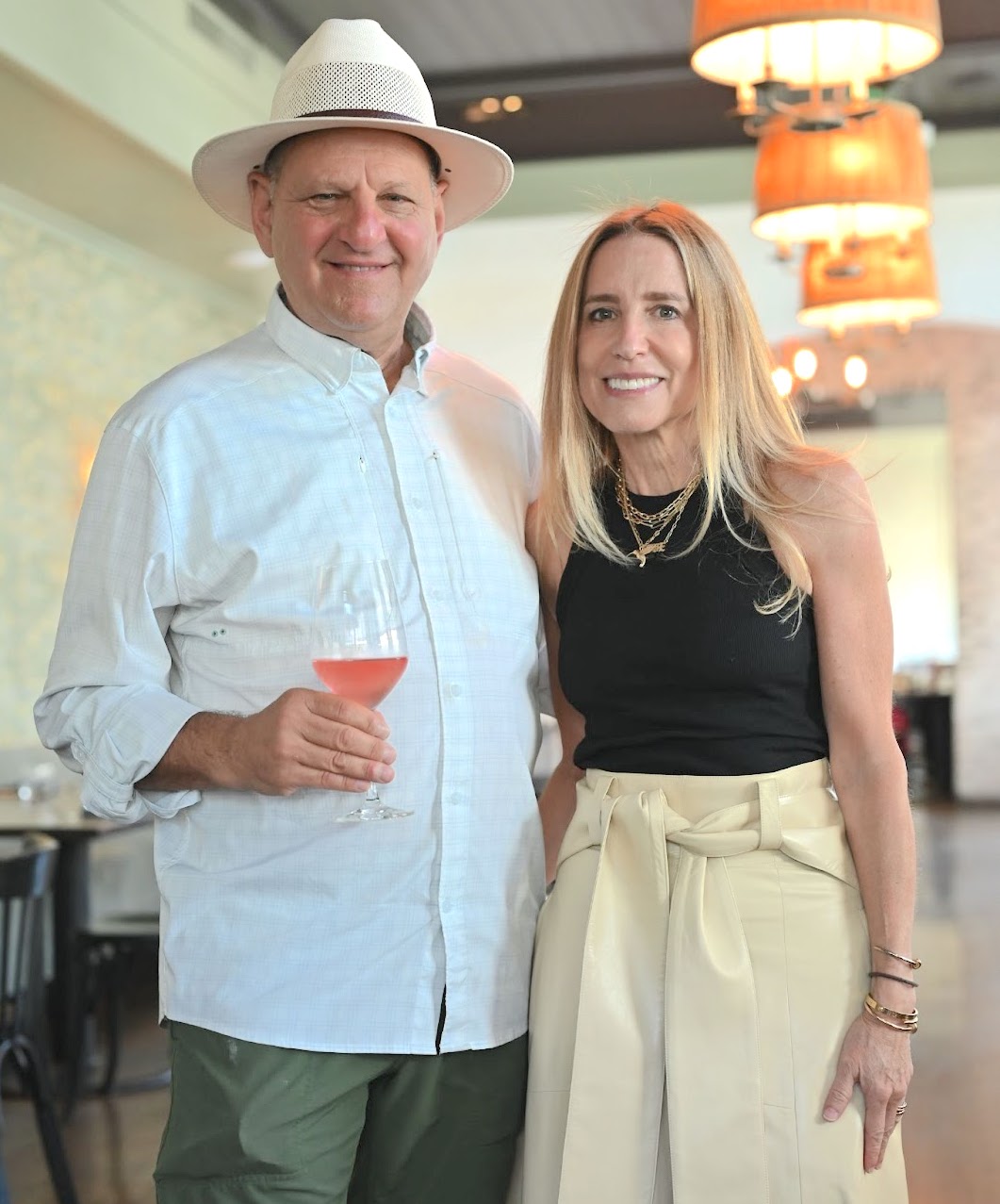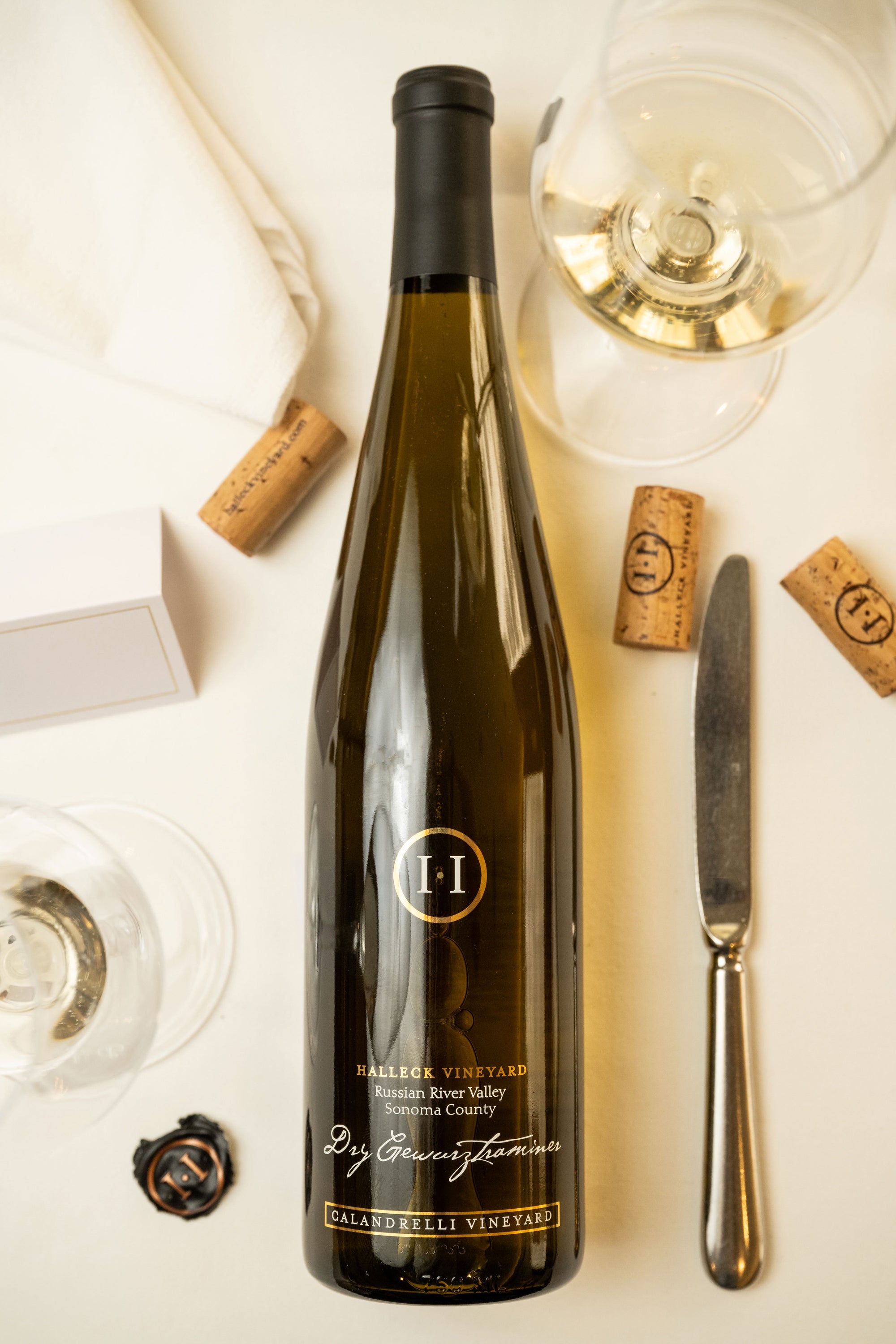Wineries In Sebastopol - Wineries For Casual Tastings In Sonoma
Wineries In Sebastopol - Wineries For Casual Tastings In Sonoma
Blog Article
Vintage Wine Tasting Experiences In Sebastopol - Wine Tasting And Vineyards In Sonoma
Wine tasting is an art that requires practice and an understanding of assorted aspects concerned in the process. One essential factor of wine tasting is the development and interpretation of tasting notes, which function a guide for both novices and seasoned connoisseurs. A Guide To Understanding Winery Wine Tasting Notes can enhance your wine-tasting experience, making it extra meaningful and pleasant.

Tasting notes are concise descriptions that seize the essence of a wine’s flavors, aromas, and overall character. Often composed by professional tasters, winery tasting notes provide insights into the nuances of varied wines. They might help wine enthusiasts perceive what to expect from a specific bottle. Nevertheless, tasting notes can range extensively in style and detail based mostly on the writer's experience and palate.
Wineries With River Views - Wine Tasting And Vineyard Tours In Sonoma
When you first method a glass of wine, your senses will start to engage instantly. The sight, odor, and style of the wine will converge to offer you a complete experience. Tasting notes usually begin with the visible assessment, the place the color of the wine is taken into account. Colour plays a big role in indicating the wine’s age, grape selection, and even its flavor profile.
After assessing the visual facet, the next step involves swirling the wine within the glass. This motion aerates the wine, allowing its aromas to awaken. Smelling the wine supplies critical perception into its complexity. The preliminary sniff can ship a flood of scents that may embody fruity, floral, herbal, or earthy notes. This is commonly the most subjective a part of tasting, as individual experiences can dramatically differ.
In winery tasting notes, descriptors are often categorized into major, secondary, and tertiary aromas. Main aromas normally stem from the grape variety, secondary aromas derive from fermentation processes, and tertiary aromas arise from getting older. Understanding these categories might help you recognize the depth of a wine, and they additionally provide the vocabulary to express your experience higher.
Wineries With Scenic Views - Sonoma County's Best Wine Experiences
Following the olfactory encounter, your focus will shift to the style of the wine. This is the place the first characteristics—sweetness, acidity, tannins, alcohol—come into play. Tasting notes typically detail these flavors in multiple dimensions, together with the preliminary attack in your palate to the lingering end in your tongue. A high-quality wine will present a harmonious steadiness between these elements.
Whereas tasting, it's essential to ponder the body of the wine, which can be described as light, medium, or full. The physique contributes significantly to your total impression, helping you consider how the wine pairs with food or whether or not it stands alone as a sipping wine. Balancing the body with the opposite characteristics provides you with a fuller understanding of what the wine has to offer.
The end of the wine, also known as the aftertaste, is another important aspect usually included in tasting notes. A lengthy, nice end often indicates the next quality wine, whereas a short or cloying aftertaste might suggest in any other case. Evaluating the finish can supply further perception into the wine's complexity and distinction.
Understanding the context of winery tasting notes can also be priceless. Tasting notes can provide contextual details about the vineyard's location, local weather, and grape-growing practices. This context provides another layer of appreciation for the wine, permitting enthusiasts to connect the sensory experience with its origins, thus enhancing the enjoyment further.
Intimate Wine Tasting Experiences In Sonoma - Best Winery In Sonoma For Quality Wine
Many wineries present tasting notes on their websites or labels, often written in an approachable but informative style. Nevertheless, not all winery tasting notes are created equal. Some may be overly technical, while others would possibly prioritize advertising flair over insightful evaluation. Studying to navigate these notes can arm you with the knowledge to make informed selections when choosing wines.
Participating in tastings at wineries can even deepen your understanding of wine tasting notes. Interacting with educated staff can provide you a extra hands-on approach to exploring different wines and the language used to explain them. Vineyard Tours With Guided Tastings In Sonoma. You'll have the chance to ask questions, interact in discussions, and probably refine your palate in actual time.
Experimentation is important for mastering wine tasting notes. As you sample completely different wines, attempt making your personal notes. Focus on describing the wine’s color, aroma, style, and finish. Over time, you’ll develop a private vocabulary that resonates together with your sensory experiences. Each note you create will assist refine your palate, permitting you to appreciate wines at a deeper stage.
Wineries Featuring Seasonal Wine Events In Sonoma - Celebrated Wineries Around Sebastopol
In conclusion, a Guide To Understanding Winery Wine Tasting Notes provides a comprehensive framework for diving into the world of wines. It equips you with the strategies and language necessary to articulate your experiences. Whether Or Not you're a informal drinker or a devoted aficionado, understanding and using tasting notes can profoundly influence your wine journey. This information not solely enhances your enjoyment but in addition connects you deeply with the wealthy narratives every bottle tells. By embracing this journey, you turn into a part of the attractive mosaic of wine tradition, where every sip unveils a new story waiting to be discovered.
- Wine tasting notes usually embody quite lots of sensory descriptions, including aroma, flavor, acidity, body, and end, permitting tasters to completely respect the wine's characteristics.
- To enhance your understanding, familiarize your self with frequent wine terminology corresponding to "tannins," "oakiness," or "terroir," which might help decipher the notes more effectively.
- A systematic method to tasting entails first visually assessing the wine's colour and clarity, followed by swirling to launch aromas, then inhaling and describing what you experience.
- Taking notes throughout tasting might help identify patterns over time, improving your palate and making it simpler to recall preferences for future choices.
- Don't overlook the influence of food pairings; tasting notes can differ tremendously when a wine is enjoyed with complementary flavors, altering perception and pleasure.
- Pay consideration to the wine’s vintage, as climatic conditions in a given year can considerably affect the final product, including another layer to the tasting notes.
- Consider the winemaker's style and philosophy, which might form the wine's profile and impact how its notes evolve with every sip.
- Training with totally different grape varieties can broaden your vocabulary; every sort brings unique traits that may enhance your capacity to articulate tasting notes effectively.
- Engaging with wine professionals or attending tasting events can present useful insights, providing a richer context for understanding personal tasting notes.
- Keep In Mind that tasting is subjective; individual preferences and experiences will form one’s interpretation of the identical wine, enriching the general enjoyment of wine exploration.
What are wine tasting notes?
Wine tasting notes are descriptive comments made by tasters about the look, aroma, taste, and finish of a wine. They present an overview of the wine's characteristics and may help consumers perceive the style and high quality of the wine.
Wineries That Offer Food Trucks On Weekends - Wine Tours And Tastings In Sebastopol
Why are tasting notes necessary when choosing wine?
Tasting notes can guide you in choosing a wine that fits your browse around these guys palate. They provide insights into flavors and aromas, serving to you to match wines with food or occasions. Understanding these notes enhances your general wine experience.
How should I learn wine tasting notes?
(Cultural Wine Experiences In Sonoma County)
Wineries In Dry Creek Valley - Wineries In The Sebastopol Region
When studying wine tasting notes, take note of the construction: search for descriptions of colour, aroma, flavor, and end. This will help you grasp the wine's profile and determine if it aligns along with your preferences.
What terms commonly seem in wine tasting notes?
Frequent terms embrace "tannin" (the structure), "acidity" (the crispness), "physique" (the weight), and various flavor descriptors like "fruity," "earthy," or "spicy." Familiarizing yourself with these phrases can deepen your understanding of wine.
Wineries Known For Their Hospitality - Vineyard Tasting Events In Sonoma County

Can I create my own tasting notes?
Yes! Writing your own tasting notes can improve your wine tasting experience. Focus in your observations of style, aroma, and other sensory characteristics. This personal practice can help you refine your palate over time.
How do I identify the aromas in wine tasting notes?
Wineries With Unique Varietals - Sebastopol Vineyard Experiences
To determine aromas, practice smelling quite so much of scents and associating them with wines. Swirl the wine in your glass to launch its aromas, then take a second to breathe in deeply before identifying any prominent scents.

What is the difference between professional and private wine tasting notes?
Professional tasting notes could use more technical language and specific terminology, whereas personal tasting notes are subjective and replicate individual experiences. Both are priceless for understanding and enjoying wine, but personal notes might resonate extra with your unique tastes.
How can tasting notes enhance my wine appreciation?
Wine Tasting Trails In Sonoma Valley - Sonoma Wine Region Vineyards
Tasting notes can improve your appreciation by helping you to grasp and articulate the complexities of wine. They encourage mindful tasting and supply a framework for comparing totally different wines, resulting in a richer enjoyment of the beverage.
Are there any apps or tools to help with wine tasting notes?
Sure, there are a number of apps designed to assist customers record and arrange their tasting notes. These instruments often supply options like flavor wheel guides and wine database searches, making find more it easier to track your journey by way of different wines. Report this page